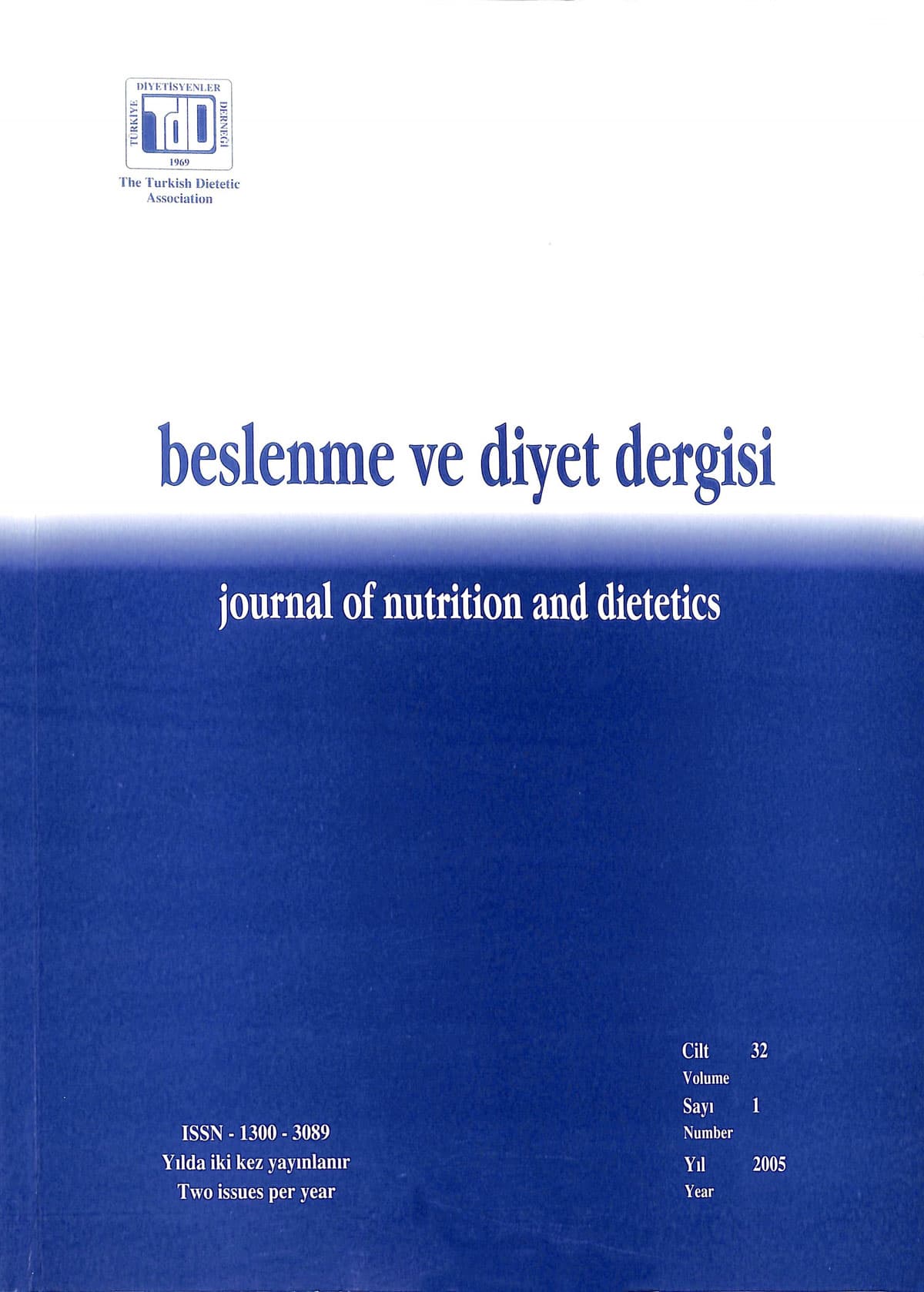Child Nutrition Practices in South east Anatolian Project ( SEAP) Region
Keywords:
child nutrition, breast-feeding, supplementary foods, SEAPAbstract
SEAP is the most important and inelusive project aimed to decrease the regional development disparities and covers the provinces Adıyaman, Batman, Diyarbakır, Gaziantep, Kilis, Mardin, Siirt, Şanlıurfa and Şırnak. SEAP Public Health Proje ct was su p p o rted by SEAP R eg io n a l Development Management o f Prime Ministry Republic o f Turkey and conducted by a consortium constituted by Turkish Parasitology Association , Gaziantep University, Dicle University (in province of Diyarbakır) and Harran University (in province of Şanlıurfa) in order to bring out the public health problems of the region. In this project data were collected about public health issue and problems o f SEAP region in 2001 and 2002. In this study, data about children's nutrition was also evaluated by a questionnaire applied to the children aged 0-59 months. An optimum sample size representing the rural and urban area of the region was chosen by State Institute of Statistics by sampling method proportional to size. O f the 1150 houses chosen in the sample, 1126 houses could be visited and data about 1058 children were collected by questionnaires applied to mothers or the person who had the best knowledge about the child. Children aged 0-59 months were found to be 14.6 % o f the whole study population. This was approximately 1.5 times higher than the proportion o f general population o f Turkey. In the region, 95.2 % o f the children were never followed- up by the midwives o f the health stations. Although 56.7 % o f the children in the region had been breast-fed ju st after their birth, 34.7 % o f them had been given water and sugar solution. The rate o f children who had breast-fed in the fırst hour after their birth was only 35 % and this rate was approximately half of the rate of the whole country. Beginning of supplementary food was late in the region especially in rural areas. Tea and biscuits and formulas vvere among the main supplementary foods given fırst. Important problems about child nutrition has been evaluated in this region where the number of children aged 0-59 months is approximately 50 % higher than the whole country. The health centers vvhich are responsible from the protective health services mustpay attention to this topic.

